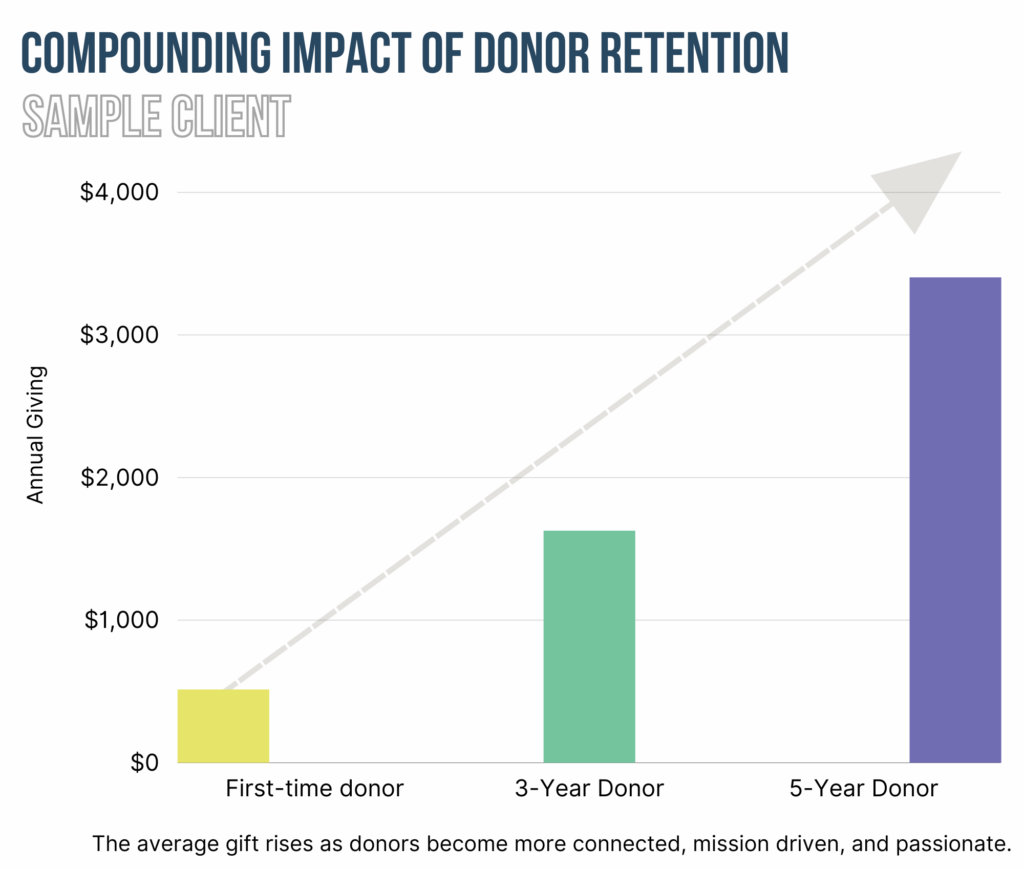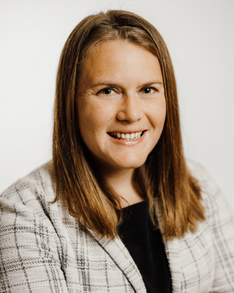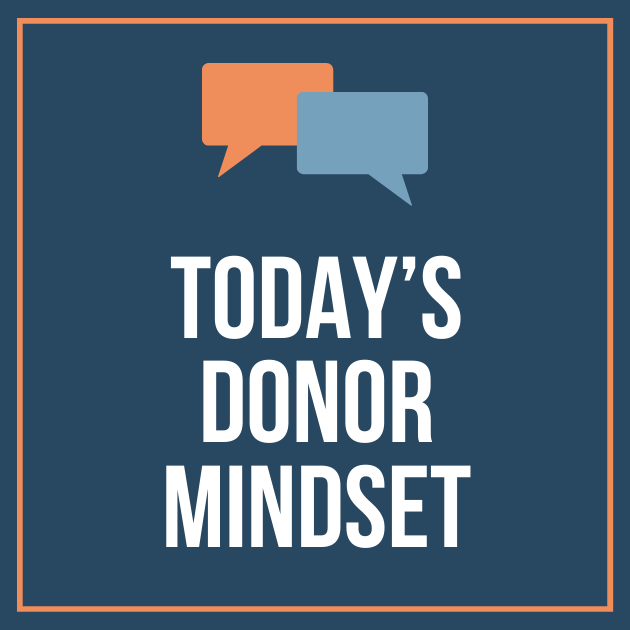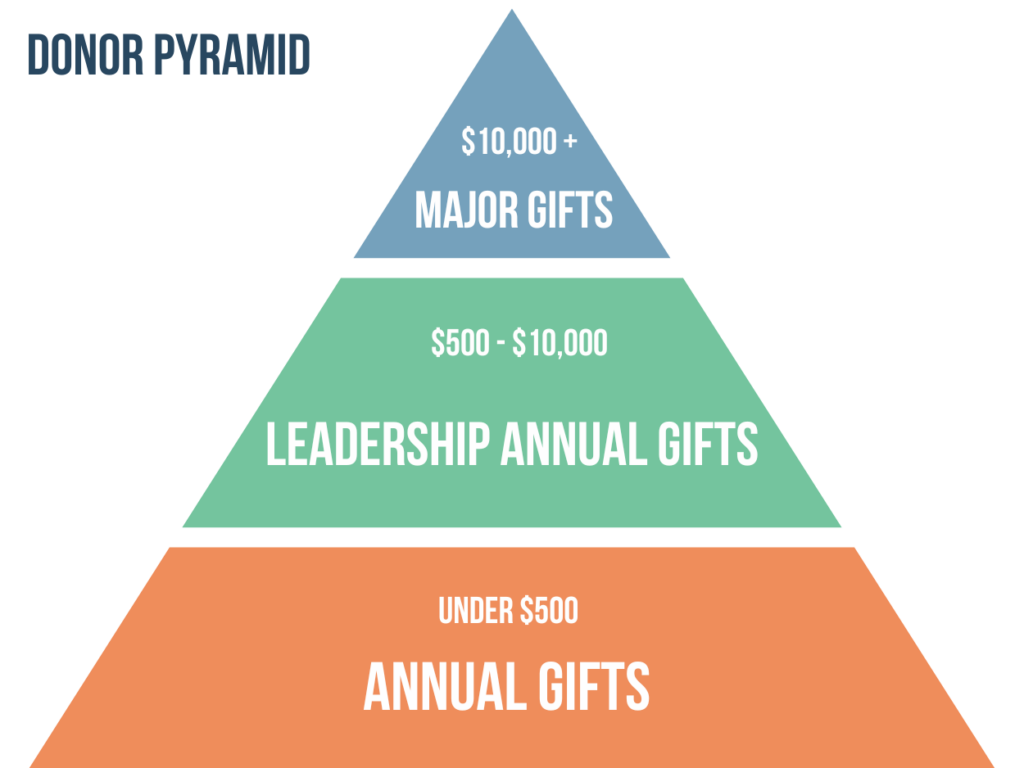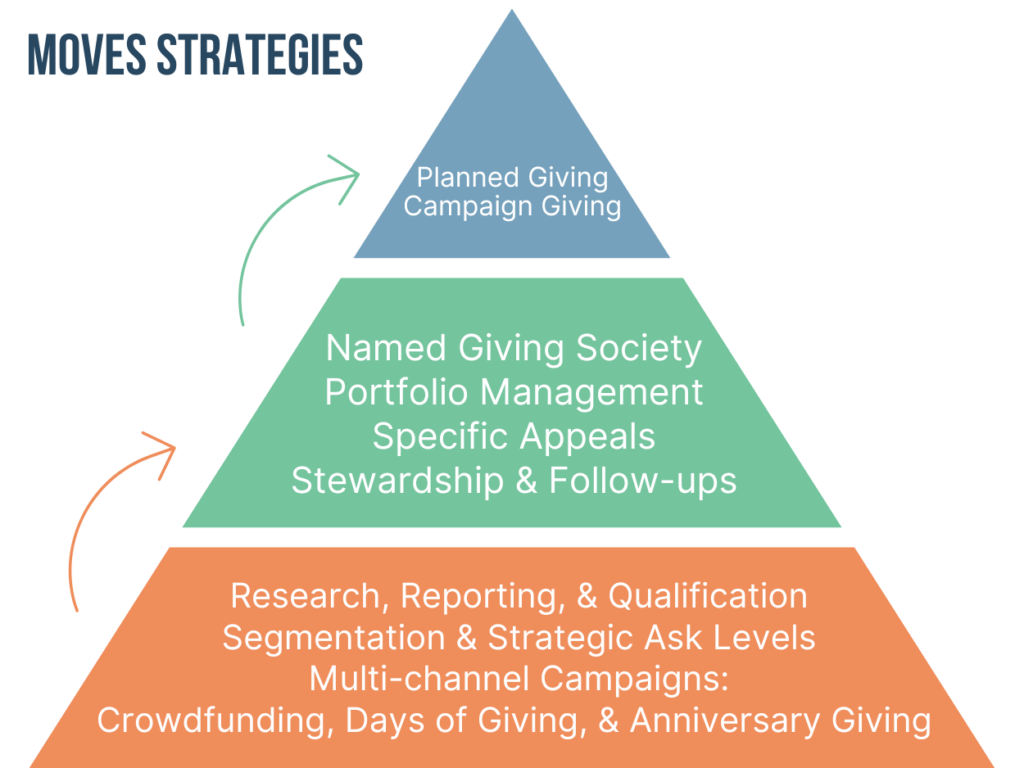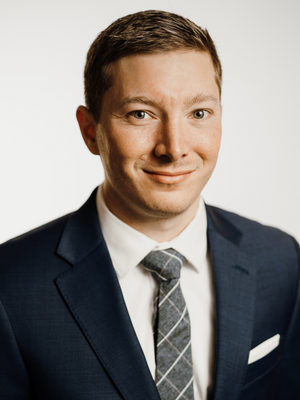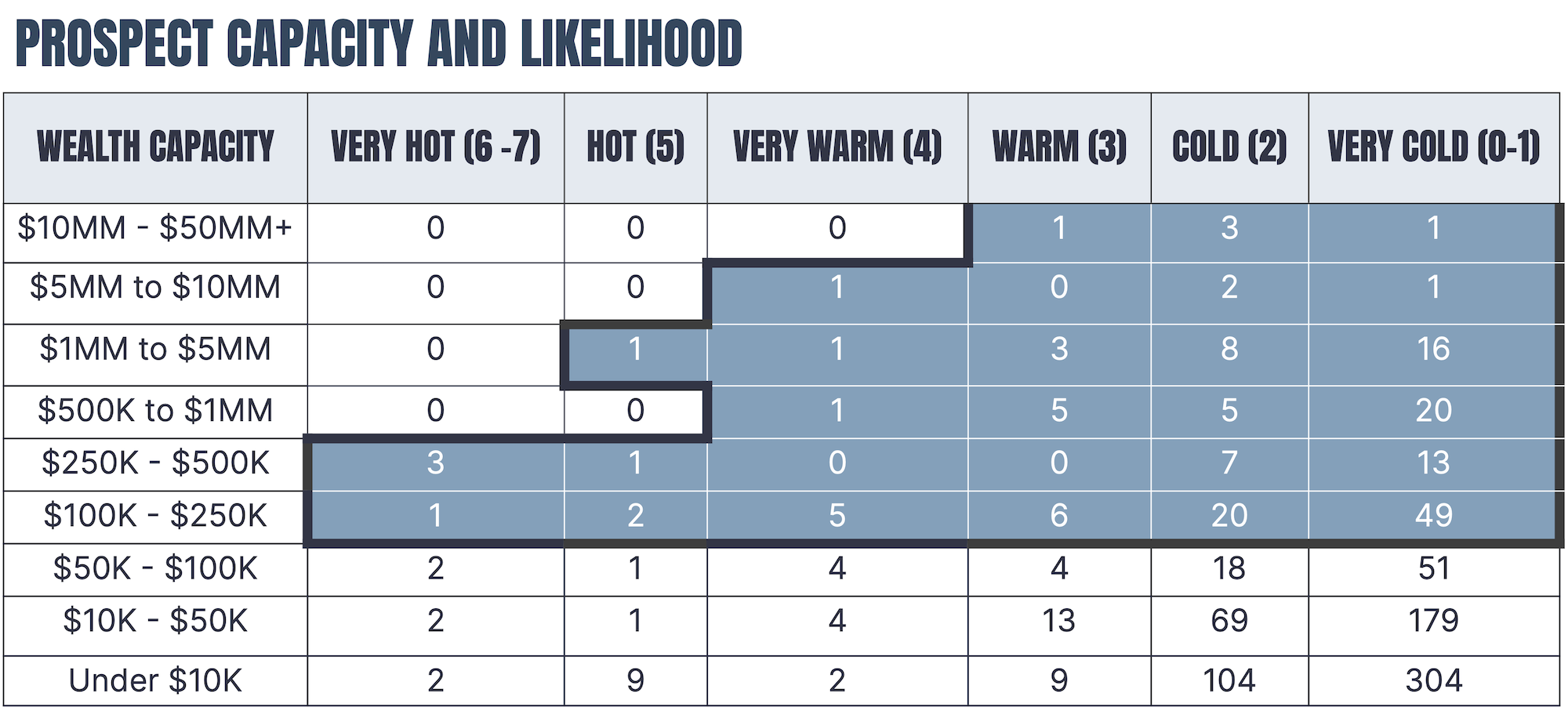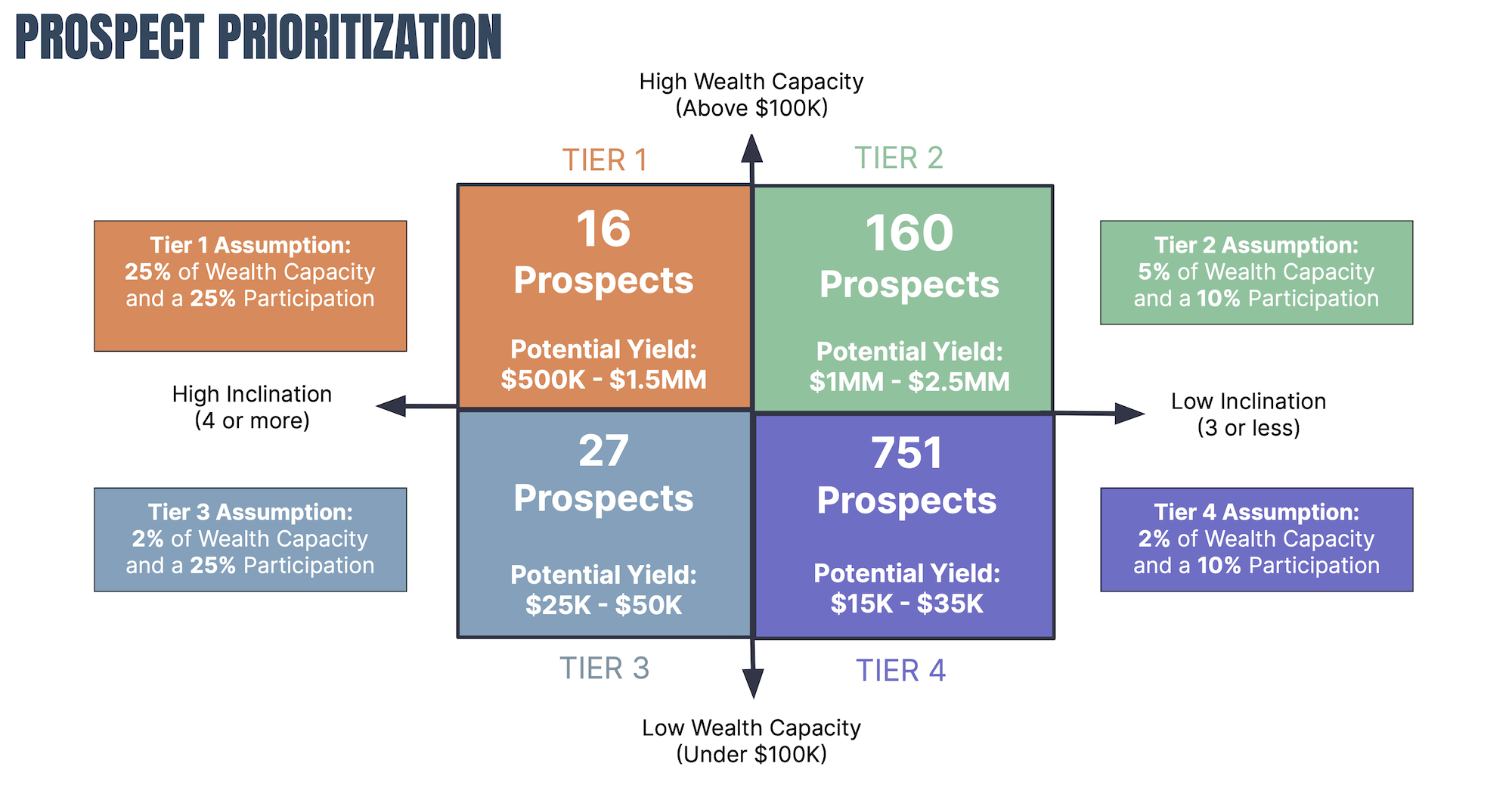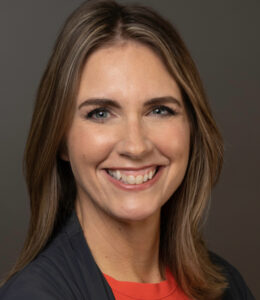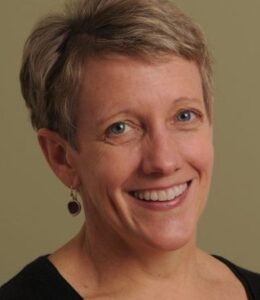Every nonprofit organization seeks to build relationships with people who share their vision and want to help carry out their work. By the same token, nonprofit development officers and volunteer fundraisers are keen to understand how to drive increased donor engagement to catalyze their organization’s mission. A solid method for a successful outcome is to follow a Donor Cultivation Cycle.
In this article, we focus on two important types of Donor Cultivation Cycles: Major Gifts and Annual Giving. These cycles are often used simultaneously, but with varying prospect segments. Using these cycles will help organizations sustain and increase philanthropic support and cultivate repeat donors to become major funders over time.
What is a Donor Cultivation Cycle?
A Donor Cultivation Cycle gives structure to nurturing relationships between an organization and potential donors and helps systemize the solicitation of an individual or group of donors for philanthropic support.
What are the Benefits of a Donor Cultivation Cycle?
Stability and Consistency. The time you dedicate to following a Donor Cultivation Cycle will help sustain the connections between your organization and your donors. Each time a donor “moves” through the cycle, you enhance their alignment with your organization’s mission and deepen their commitment to your impact. Over time, the goal is for donors to become consistent and visionary partners.
Timing. Understanding when and how to solicit gifts (and knowing how much to ask for) is the primary benefit of investing time into each step in the Donor Cultivation Cycle. Laying out a plan for each prospective donor will help you identify and leverage the most effective timing and ask amount for solicitation.
Staff and Board Engagement. Aligning your board members, staff, and volunteers around your Donor Cultivation Cycle will arm everyone who helps fundraise with consistent messaging, goals, and milestones to guide relationship-building with donors and prospects.
Donor Engagement. Nurturing individual donors and showing your organization’s appreciation through communications, recognition, events, and one-on-one meetings leads to growth in their personal involvement and the likelihood of repeat giving.
Donor Retention. Finding new donors is a necessary part of development work as donors lapse and new people wish to support your work, but it can take two to three times the amount of time and effort to secure new donors as compared to retaining donors. Calculate your donor retention rate by dividing the number of repeat donors this year by the total number of donors from the previous year. A drop in donor retention rate year over year can impact overall funds raised.

Comparing Donor Cultivation Cycles
While there are similarities in the steps to raising dollars for major gifts and annual giving, the type of gift, giving cycle stages, and timelines are slightly different. Major gifts have a longer time horizon, whereas annual gift appeals must be concise to ensure the prospect connects and wants to give back during a specific timeframe.
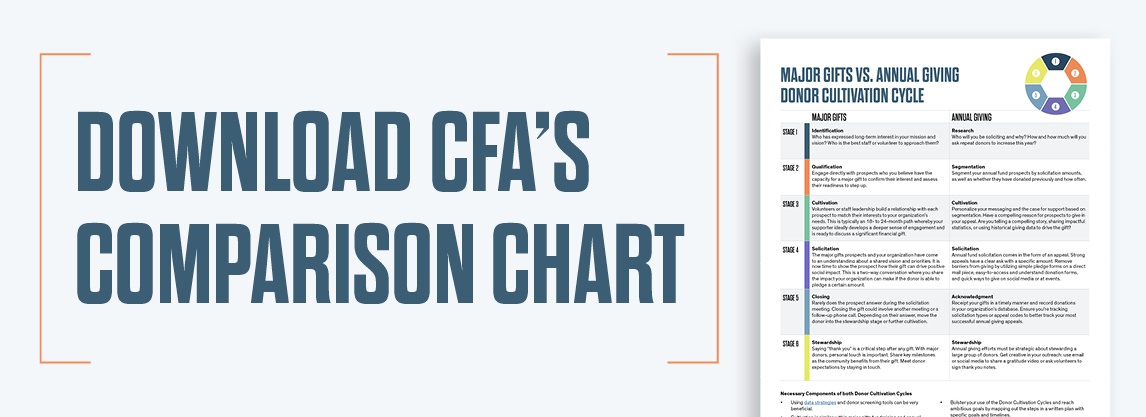
Major Gifts – Major gifts are philanthropic contributions that match the passion of a donor to a strategic initiative that is designed to move an organization toward its vision. Examples of major gifts include funding for construction, program expansion, or special equipment. A major gifts program builds connections with people who have the desire and ability to give at higher levels.
Every organization sets different thresholds for the definition of what qualifies as a “major gift” based on the size and budget of their organization. A major gift could be $1,000 and above for one organization, and $50,000 or above paid out over three to five years for another. The throughline is that a major gift reflects meaningful philanthropy derived from thoughtfully cultivated relationships.
A word of caution: When your attention is pulled to major gifts and other special campaigns, don’t forget your annual needs and your smaller donors. The annual operating campaign is the lifeblood of your nonprofit.
- Check out CFA’s Guide to the Major Gifts Cultivation Cycle
Annual Giving – Annual gifts are one-time contributions that fund operations, typically in the form of an annual fund. Annual giving is often the entry point to a donor’s philanthropic engagement with your organization. Annual donors are often an organization’s most committed supporters and can be the basis for future major gifts when cultivated and stewarded properly. Annual giving strategies are typically multi-channel (email, social media, direct mail, phone calls, etc.) and focus on reacquiring past donors and acquiring new donors to build a consistent and strong base of funding support.
- Check out CFA’s Guide to the Annual Giving Cultivation Cycle
Where Outside Expertise Can Help
The CFA team helps clients work through the full spectrum of the Major Gifts Cultivation Cycle and the Annual Giving Cultivation Cycle, including segmenting and qualifying your donor pool to ensure you know which prospect falls into which category.
When to Implement a Donor Cultivation Cycle
It’s never too early or too late to implement both cultivation cycles into your nonprofit development function. We hope the ideas above have helped you understand the process.
Please contact us at Creative Fundraising Advisors if we can help you get started today.


